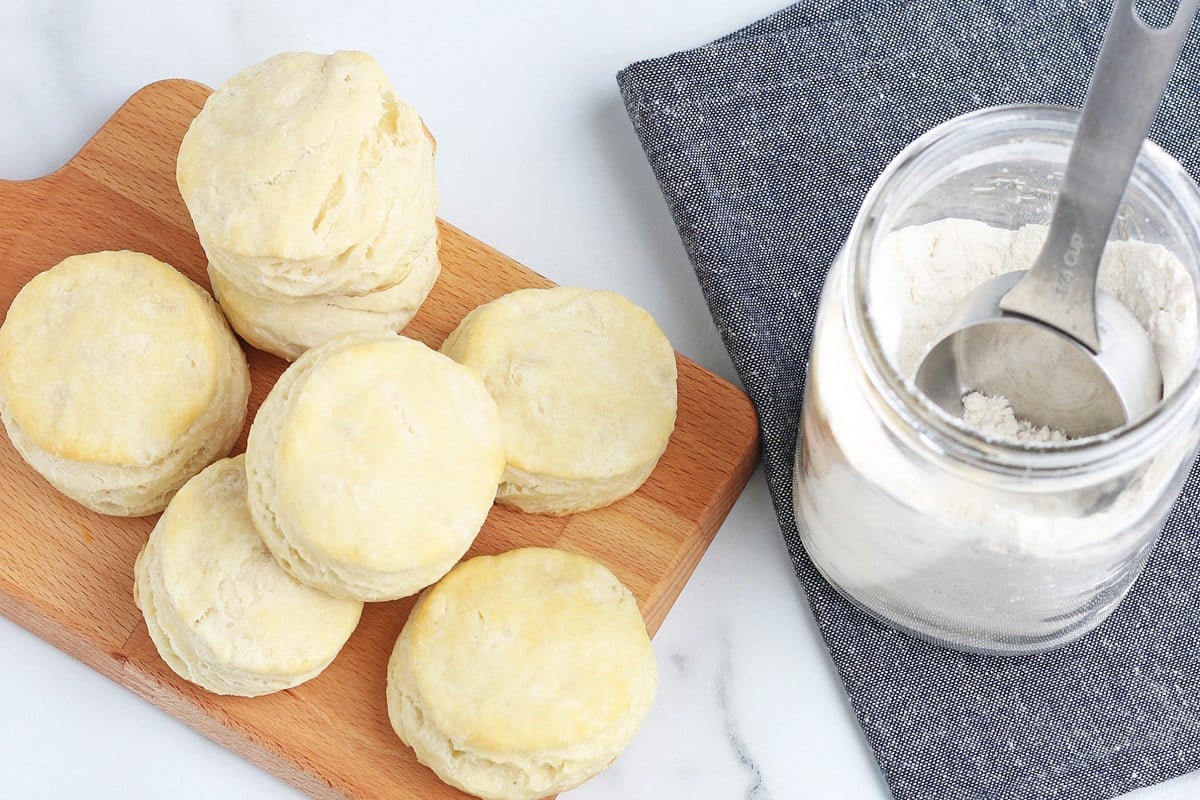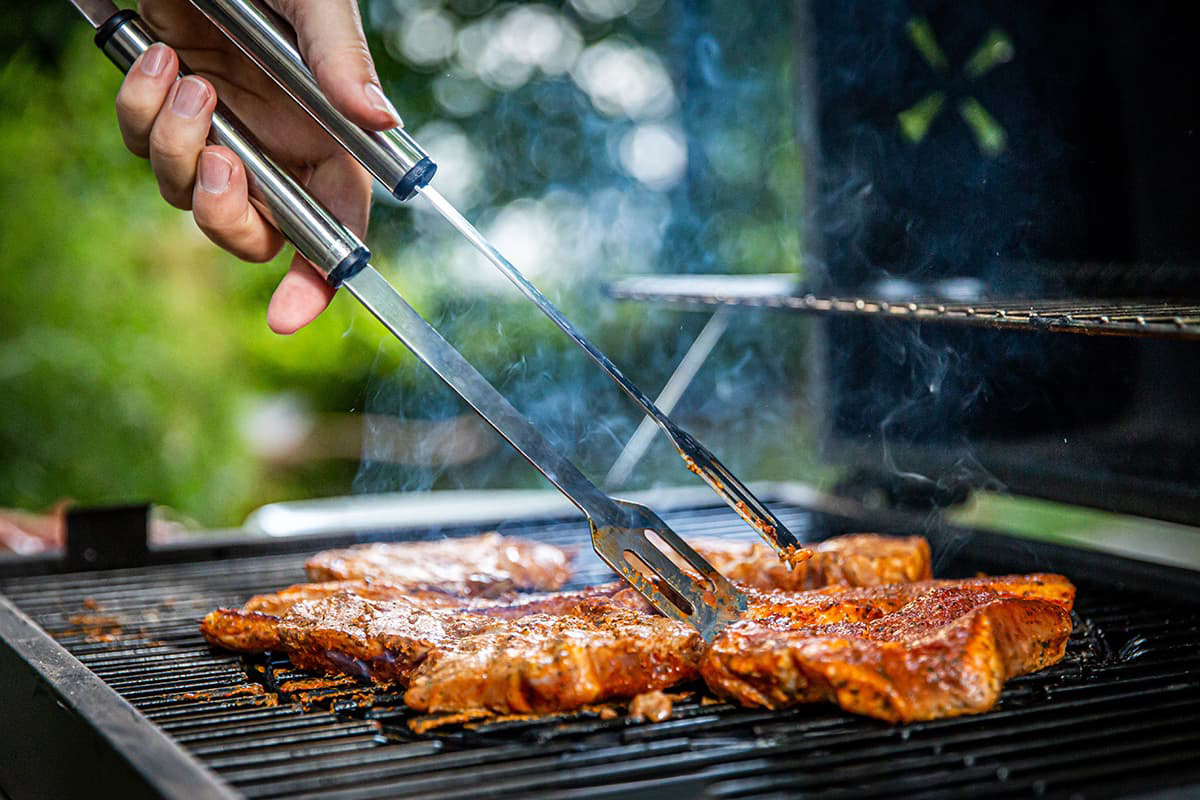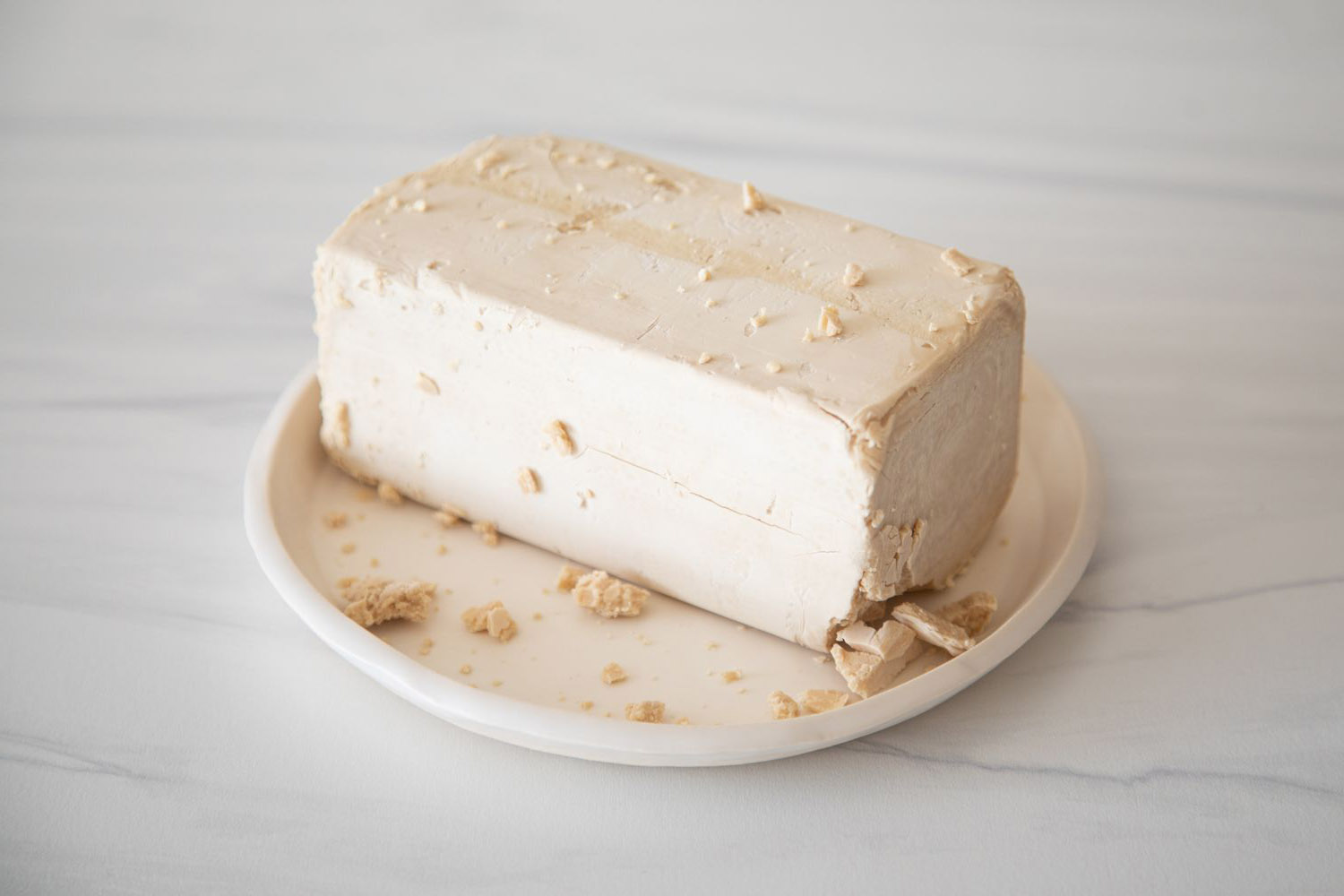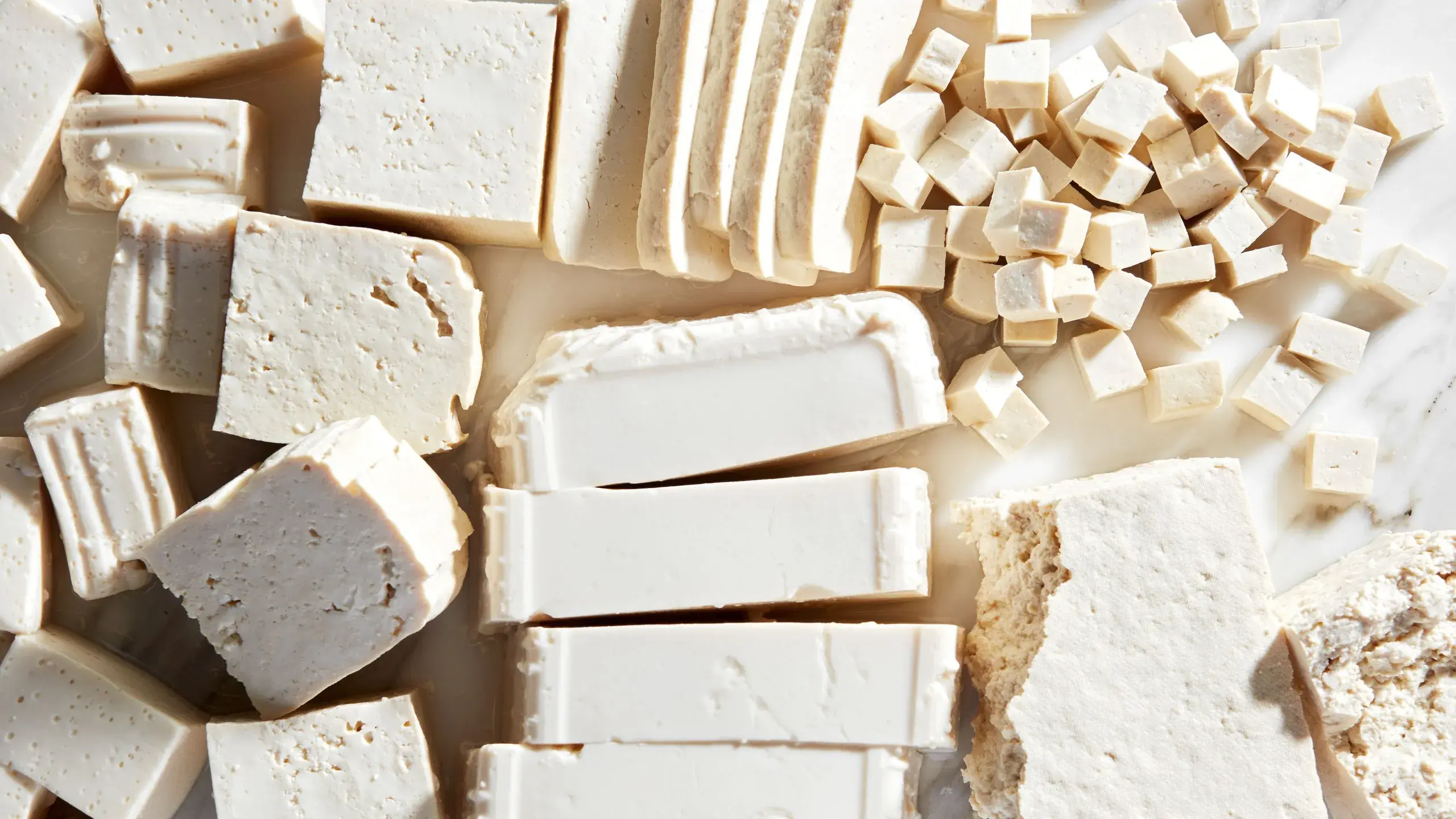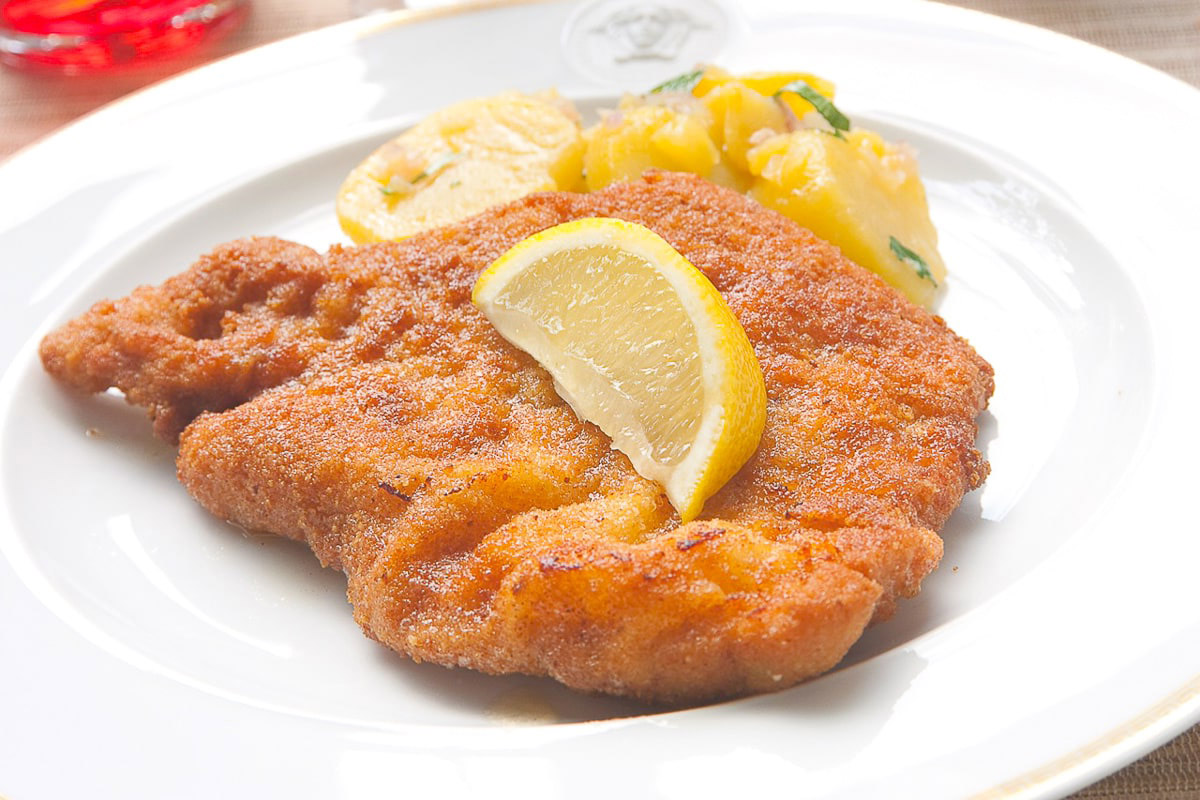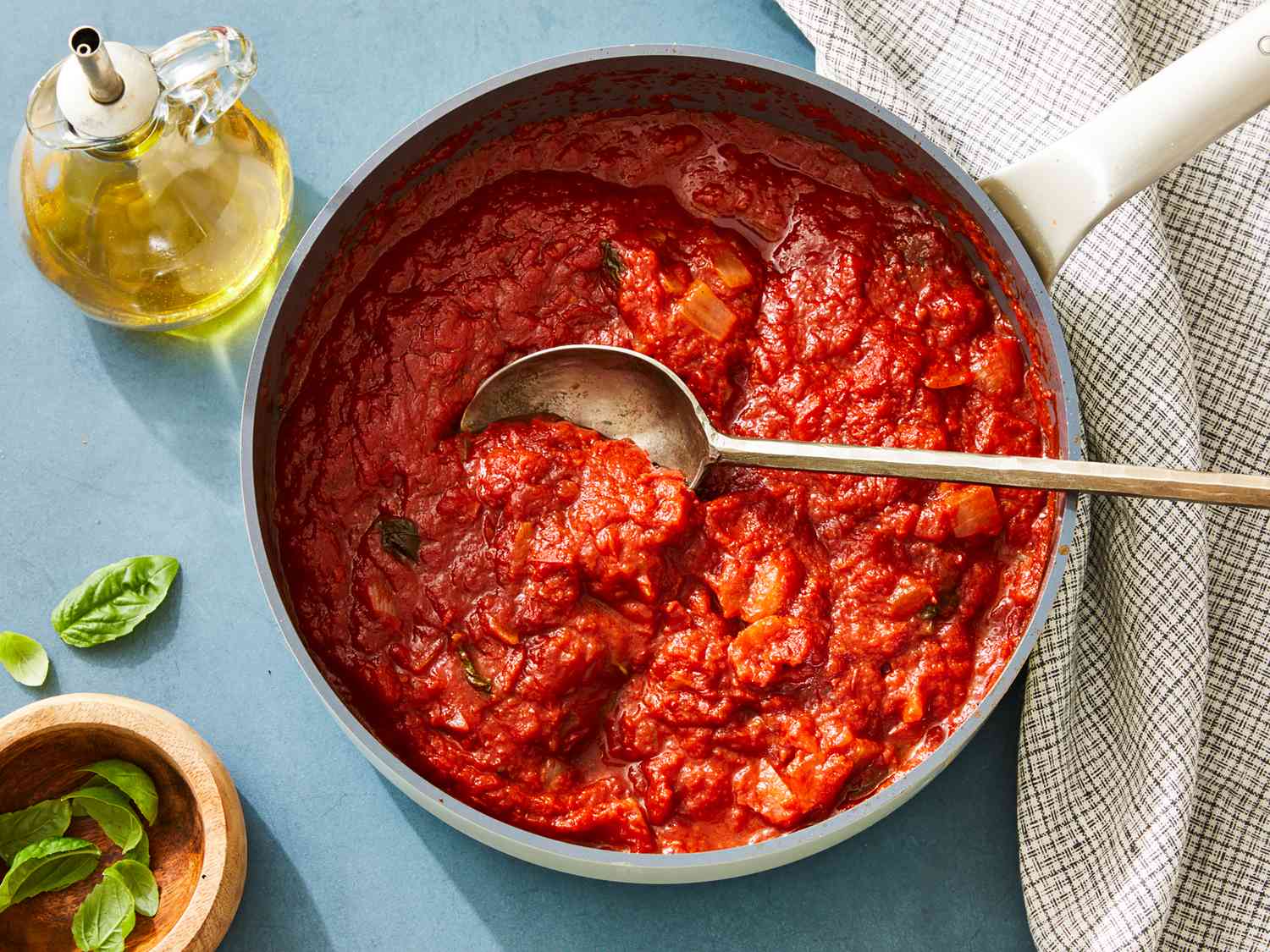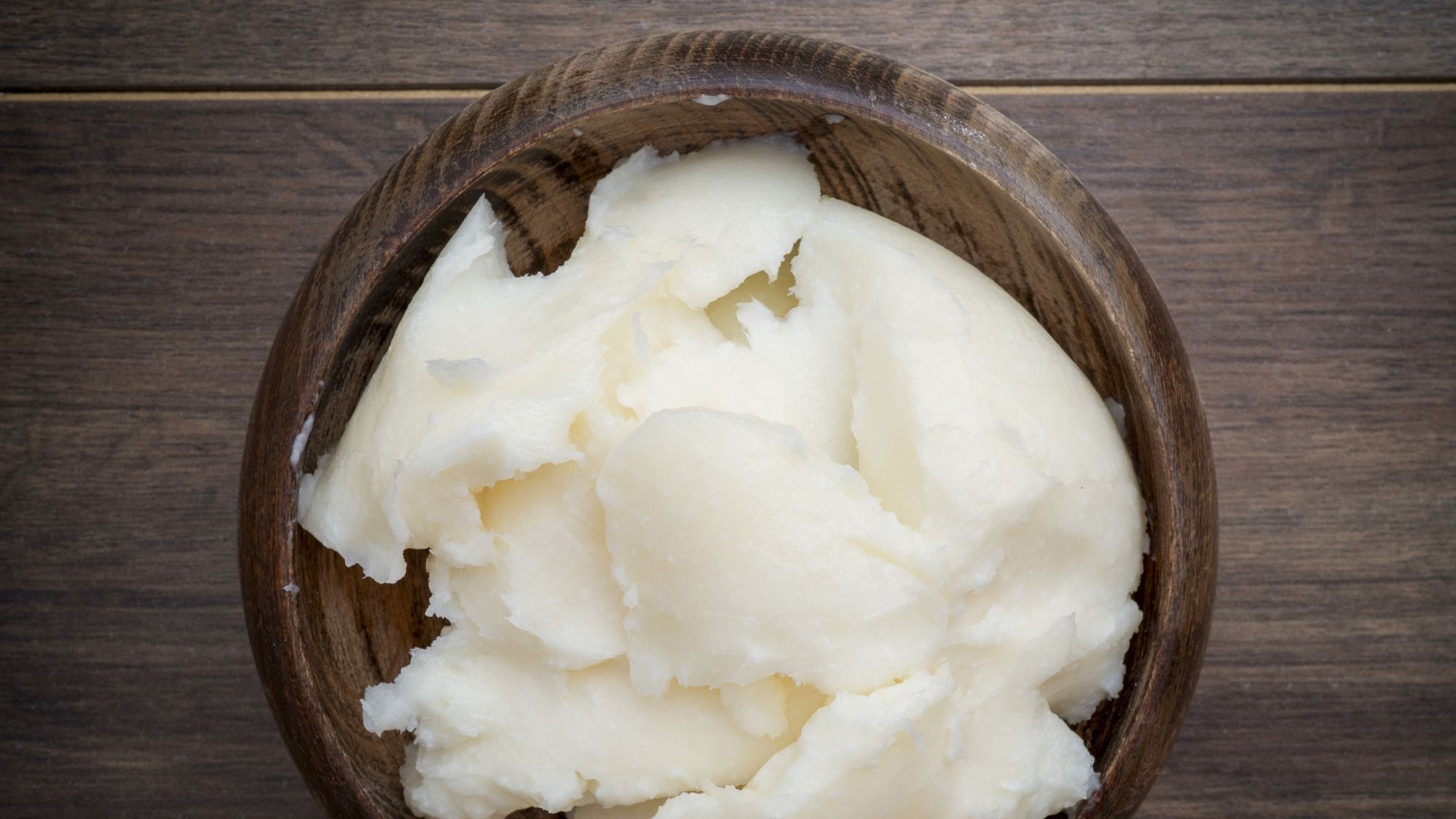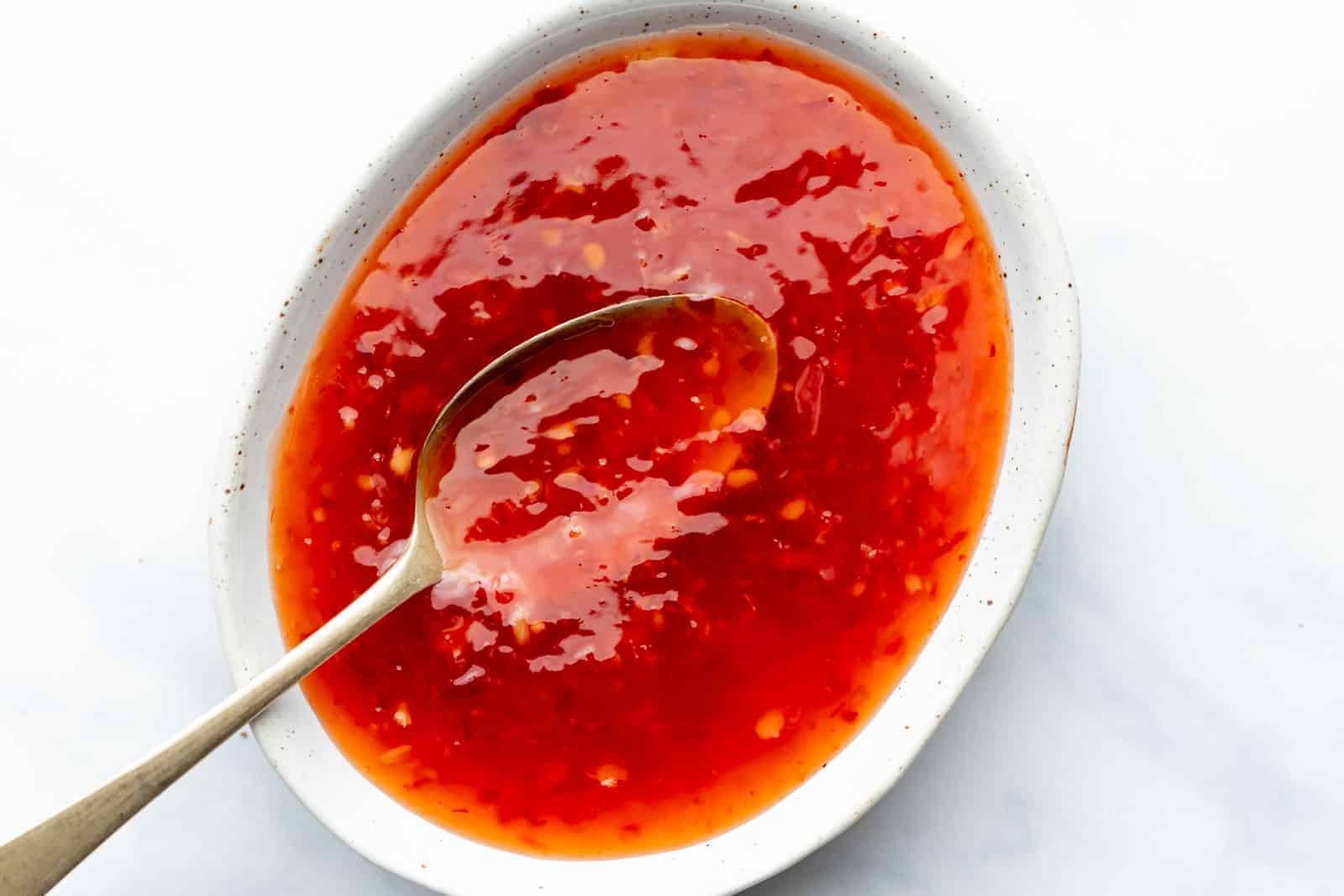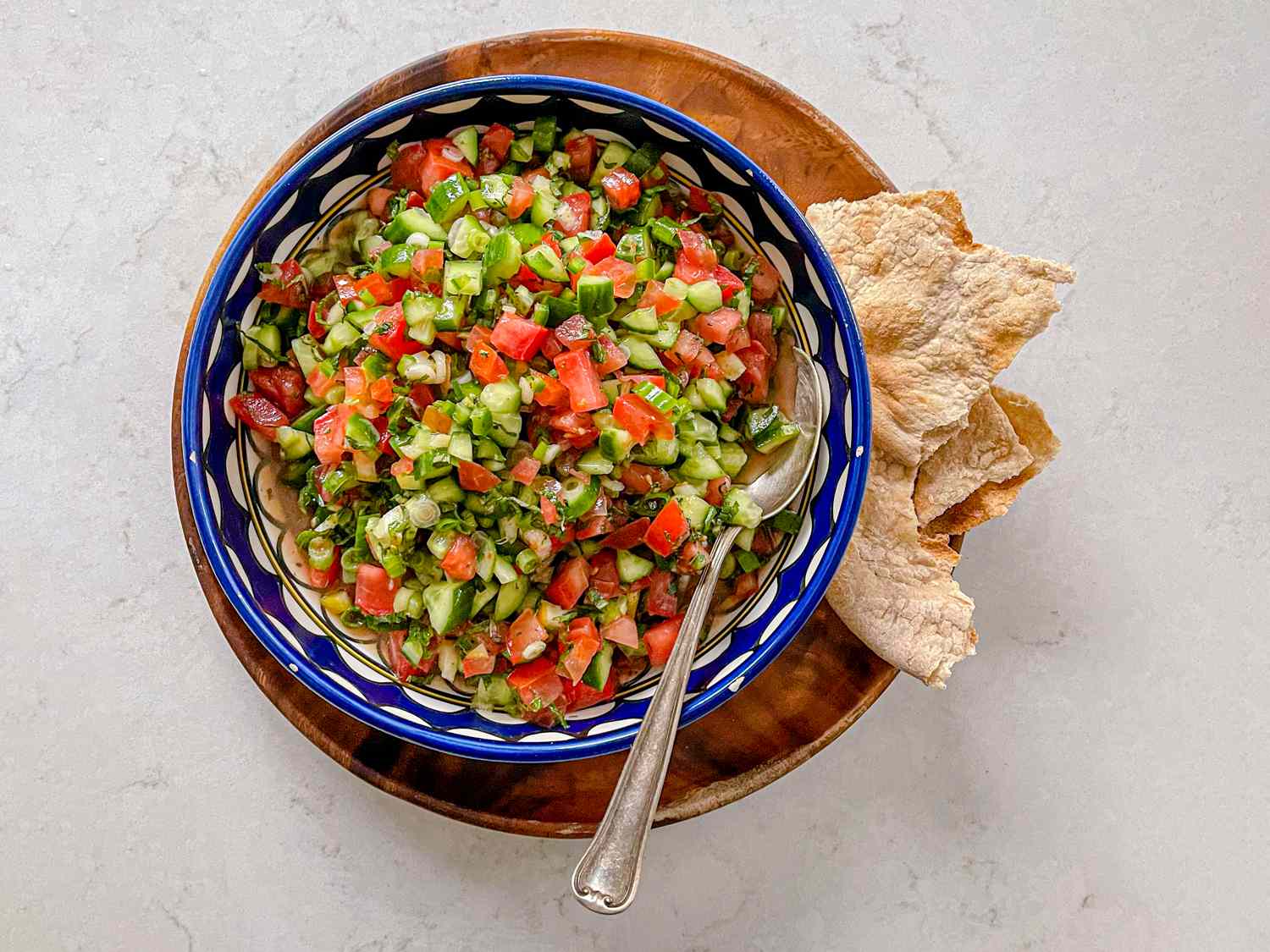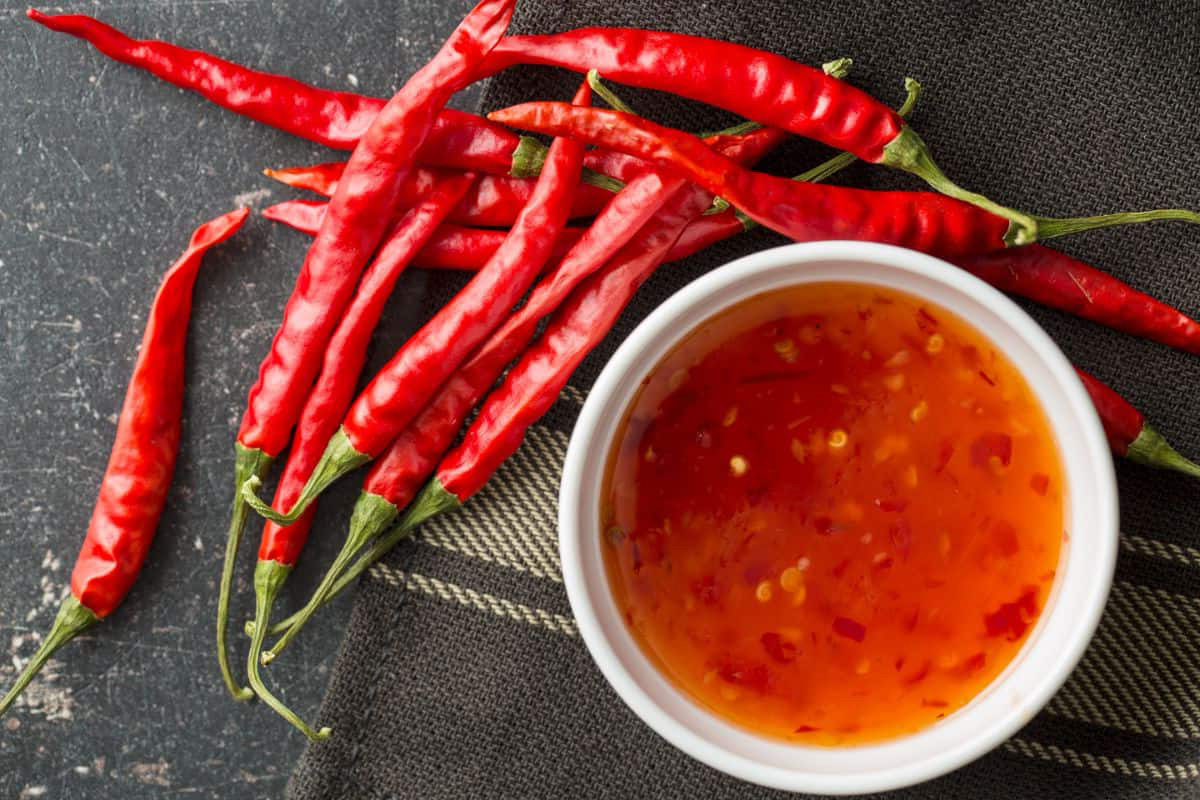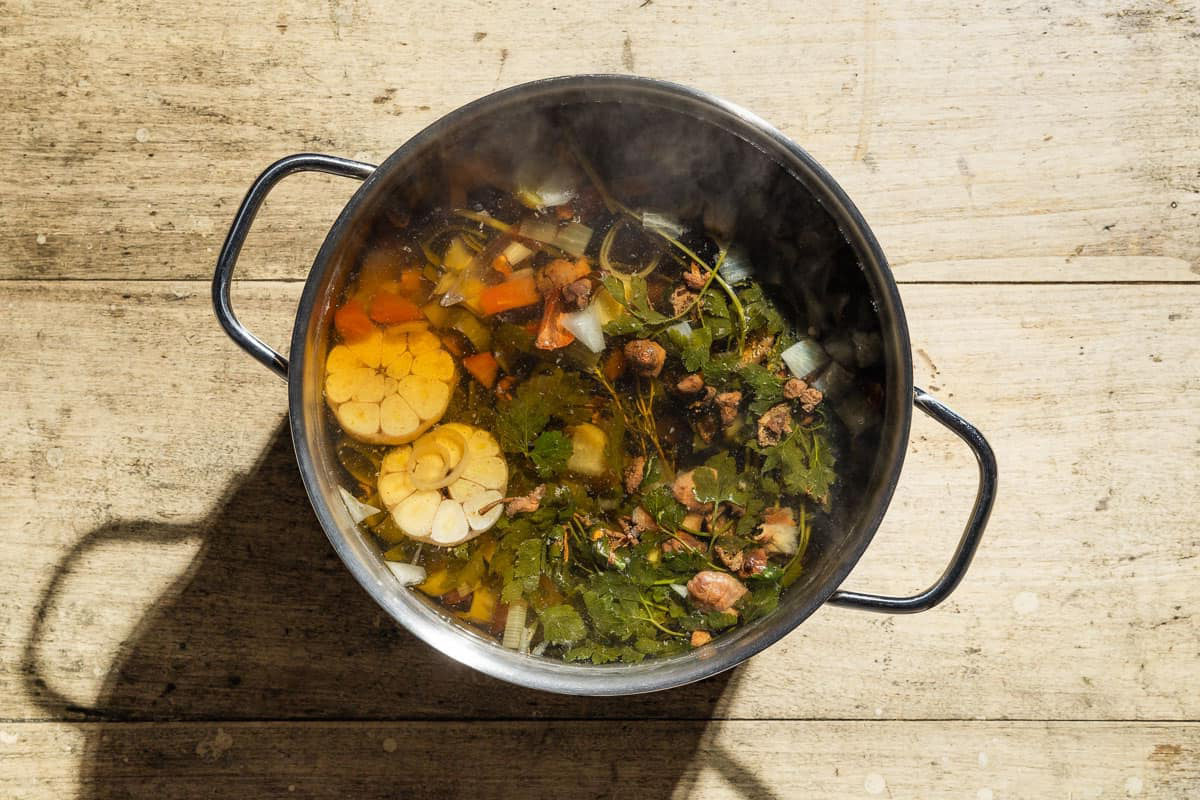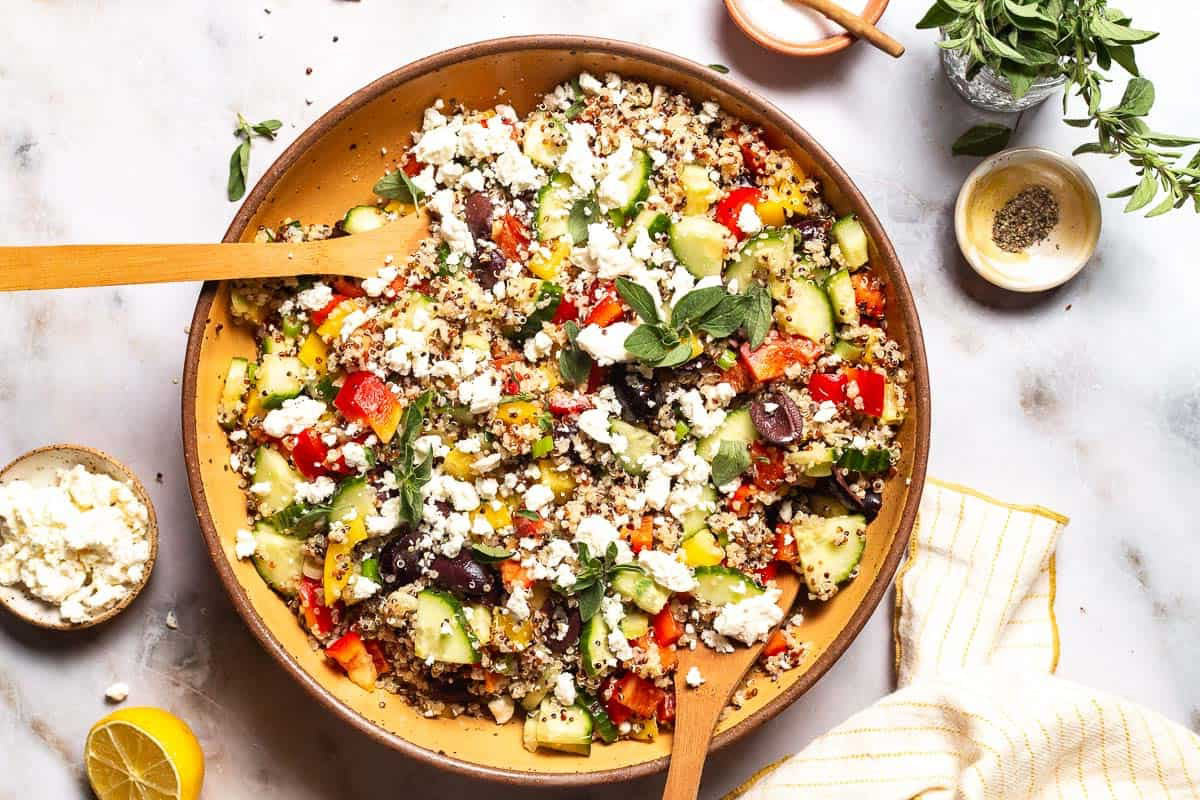Understanding the Chicken Temperature Chart
When it comes to cooking chicken, it’s crucial to ensure that it reaches the right temperature to guarantee its safety for consumption. The chicken temperature chart provides guidelines for the internal temperatures that different cuts of chicken should reach to be considered safe to eat. Let’s delve into the details of this essential chart and understand why it’s important.
Why Is the Chicken Temperature Chart Important?
The chicken temperature chart is vital because it helps prevent foodborne illnesses caused by consuming undercooked chicken. Chicken can harbor harmful bacteria such as salmonella, and cooking it to the recommended temperatures effectively kills these pathogens, making the meat safe to eat.
Recommended Chicken Cooking Temperatures
Here are the recommended internal temperatures for various cuts of chicken:
- Whole chicken: 165°F (73.9°C)
- Chicken breasts: 165°F (73.9°C)
- Chicken thighs and wings: 165°F (73.9°C)
- Ground chicken: 165°F (73.9°C)
It’s important to use a food thermometer to accurately measure the internal temperature of the chicken. Insert the thermometer into the thickest part of the meat without touching the bone for an accurate reading.
Ensuring Safe Cooking Practices
When cooking chicken, it’s essential to follow safe food handling practices to prevent cross-contamination and ensure thorough cooking. Here are some tips to keep in mind:
- Thawing: If using frozen chicken, thaw it in the refrigerator, cold water, or the microwave. Avoid thawing at room temperature to prevent bacterial growth.
- Cross-contamination: Keep raw chicken separate from other foods, and clean all surfaces and utensils that come into contact with raw chicken to prevent the spread of bacteria.
- Marination: If marinating chicken, do so in the refrigerator to keep it at a safe temperature.
- Resting time: Allow the chicken to rest for a few minutes after cooking to let the juices redistribute, ensuring a moist and flavorful result.
Common Misconceptions
There are some common misconceptions about cooking chicken that can lead to unsafe practices. One of these is the belief that a slight pink color in cooked chicken is a sign of undercooking. In reality, the USDA confirms that chicken can still be safe to eat even if it shows a pink hue, as long as it has reached the recommended internal temperature.
Conclusion
Understanding and following the chicken temperature chart is essential for ensuring the safety of the chicken you cook. By adhering to the recommended internal temperatures and practicing safe food handling, you can enjoy delicious chicken dishes without the risk of foodborne illnesses. Remember, a food thermometer is your best tool for guaranteeing that your chicken is thoroughly cooked and safe to eat.
Stay informed, cook safely, and savor every bite of your perfectly cooked chicken!
Was this page helpful?
Read Next: What Is Chinese Chicken And Vegetables?
